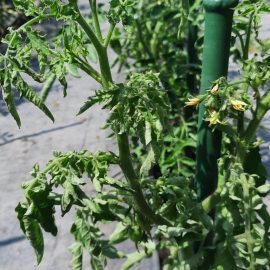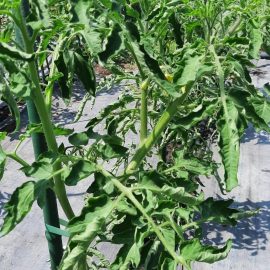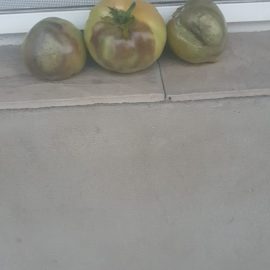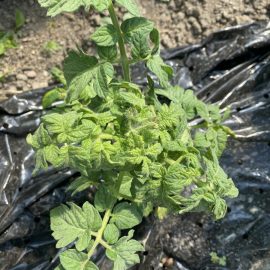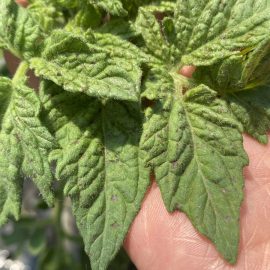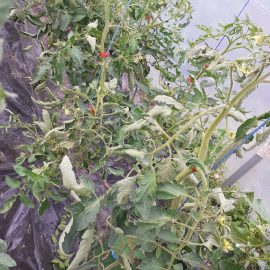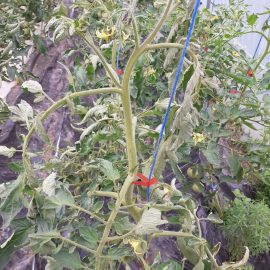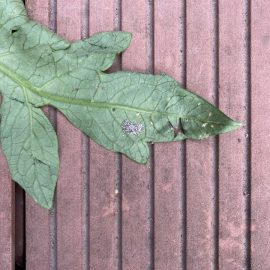Rhizoctonia fruit rot (Rhizoctonia solani) – identify and control
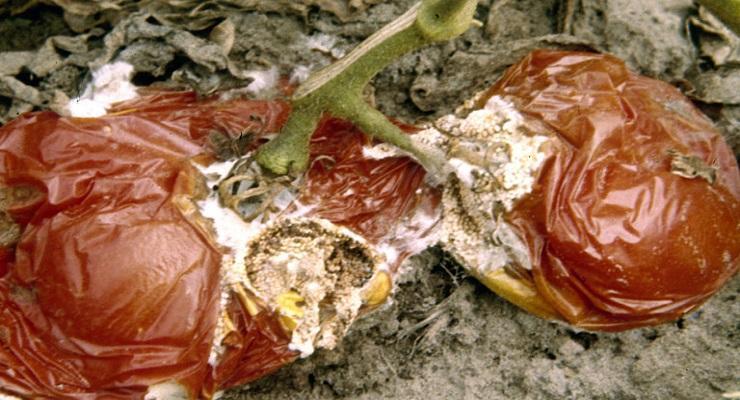
Rhizoctonia fruit rot, Rhizoctonia solani have been first reported on the American continent. Then, in Europe as well, in years with heavy rainfall and high temperatures.
Symptoms. The green or mature leaves at the base of the plants, that have come in contact with the soil or on which soil particles have fallen after heavy rains, show small, brown, slightly deepened circular spots of 0.5-0.7 cm. Concentric areas of different light-brown or dark-brown colors are observed on the spots.
On ripe fruits, the attacked areas have a reddish-brown color, surrounded by a reddish-brown area in which the tissues are soft and with a cracked epidermis. The fungus can also attack the roots, causing wilting of young plants and partial root rot of mature plants. The fungus evolves only at temperatures between 24-27°C. It can penetrate the fruit through wounds or scars left after the fall of the flowers. The attack is more severe in crops where the plants are lying on the ground. The fruits harvested from infected crops may show symptoms of the disease during transport, if the transport is of long duration.
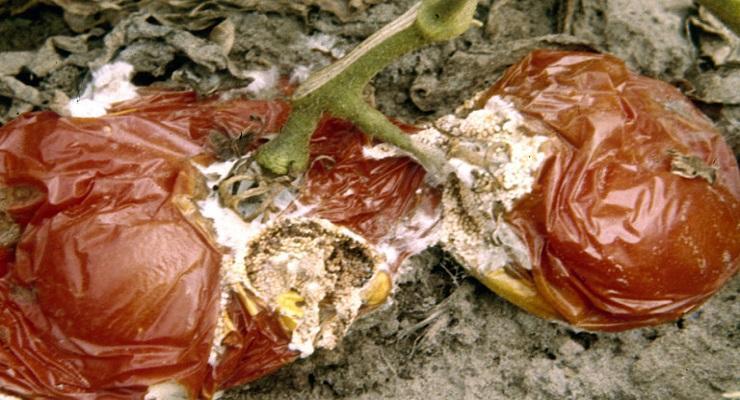
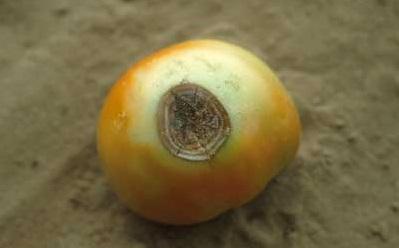
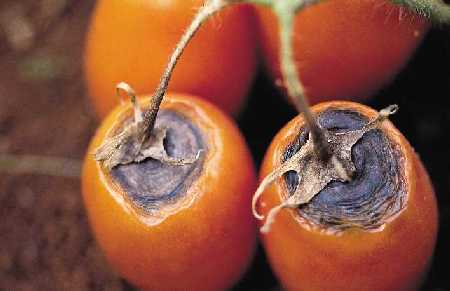
Rhizoctonia fruit rot is a soil fungus and is always found in the form of mycelium or sclerotia in infected areas. During the vegetation, it can spread through fragments of mycelium carried by irrigation water or work tools. The attack is as strong as plants from the fungus’ host circle were used in the planting and rotation system. Seeds from partially attacked fruits can be infested.
Prevention and control. When choosing the land for the establishment of tomato crops destined for industrialization, it must be taken into account that the disease appears on heavy, uneven lands, with poor drainage systems.
Recommended products
-
You can find products on a different store
Change Store -
You can find products on a different store
Change Store -
You can find products on a different store
Change Store -
You can find products on a different store
Change Store -
You can find products on a different store
Change Store -
You can find products on a different store
Change Store -
You can find products on a different store
Change Store -
You can find products on a different store
Change Store -
You can find products on a different store
Change Store -
You can find products on a different store
Change Store -
You can find products on a different store
Change Store -
You can find products on a different store
Change Store -
You can find products on a different store
Change Store -
You can find products on a different store
Change Store -
You can find products on a different store
Change Store -
You can find products on a different store
Change Store -
You can find products on a different store
Change Store -
You can find products on a different store
Change Store -
You can find products on a different store
Change Store -
You can find products on a different store
Change Store -
You can find products on a different store
Change Store -
You can find products on a different store
Change Store -
You can find products on a different store
Change Store -
You can find products on a different store
Change Store














































































































































































































































































































































































































































